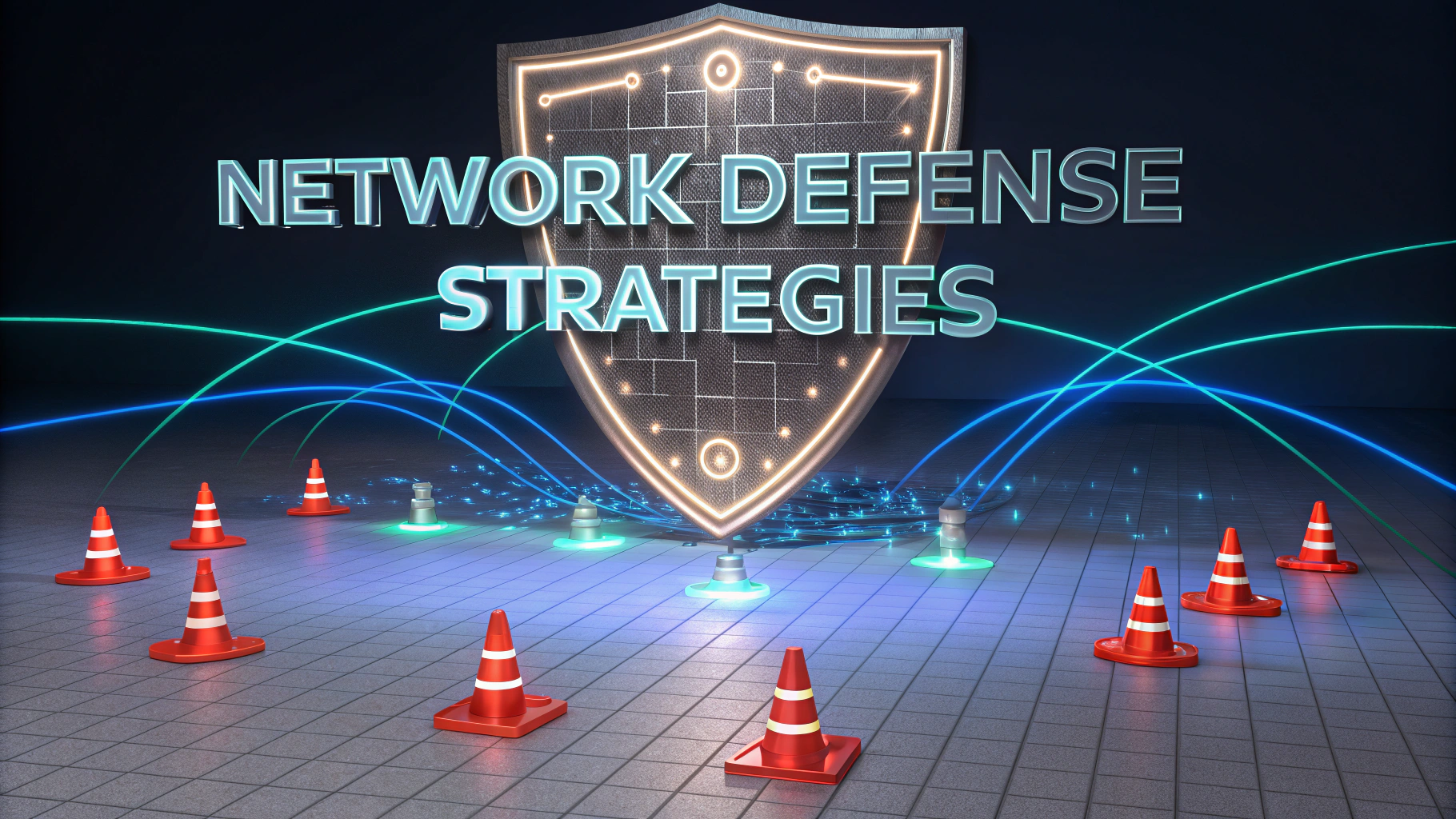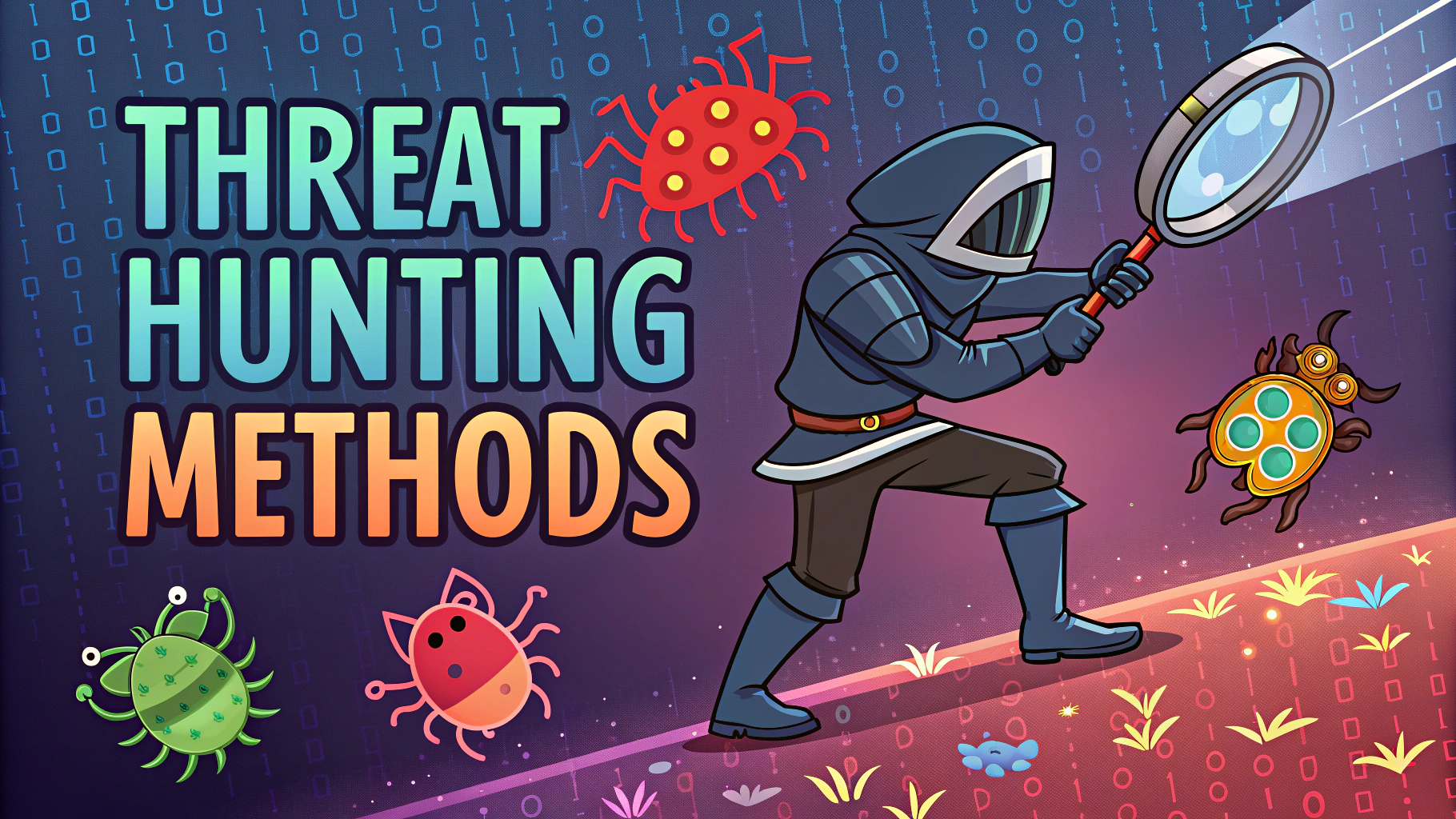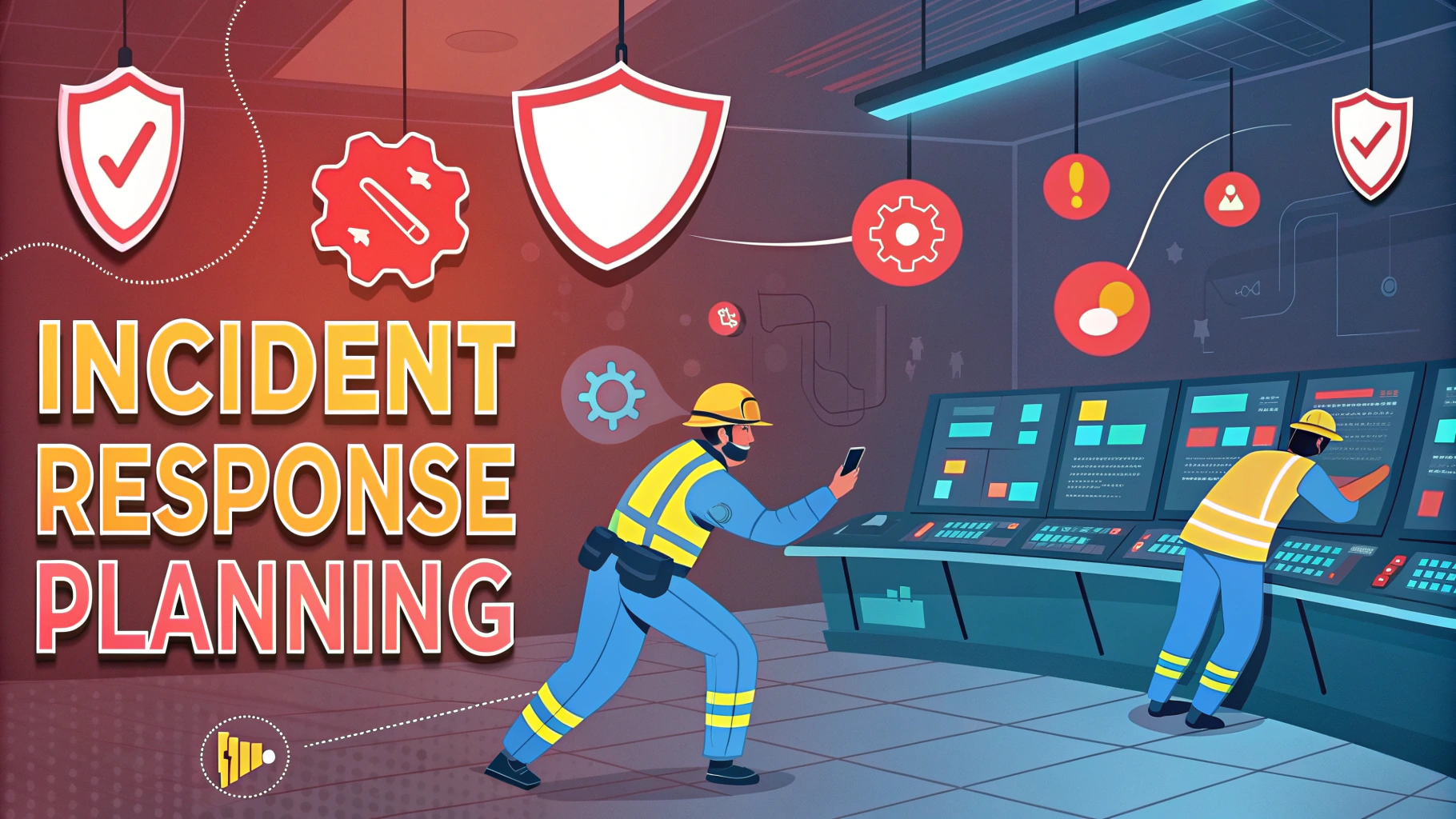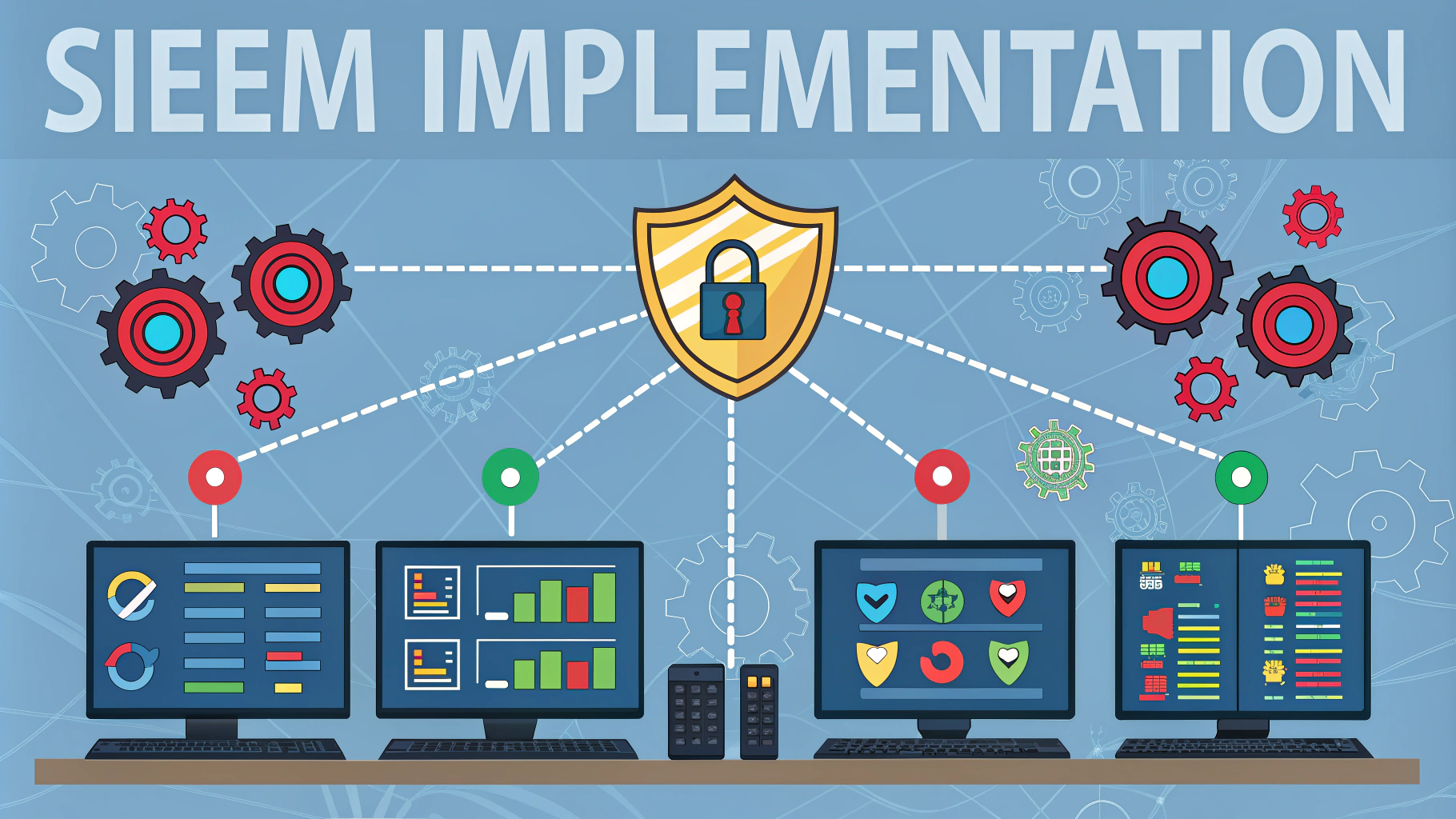EDR (Endpoint Detection and Response) and XDR (Extended Detection and Response) implementation testing helps organizations verify the effectiveness of their security solutions through controlled penetration testing.
Security teams need to validate that their EDR/XDR deployments can detect and respond to real-world attack scenarios and techniques used by threat actors.
This guide explores practical approaches to testing EDR/XDR implementations, including key areas to evaluate and recommended testing methodologies.
Key Testing Areas
- Malware detection capabilities
- Memory-based attack detection
- File-less malware identification
- Command and control (C2) communication detection
- Lateral movement tracking
- Data exfiltration alerts
Testing Methodology
Start with basic tests using known malware samples in an isolated environment.
Progress to more sophisticated attacks that mimic advanced persistent threats (APTs).
Document all findings, including false positives and detection gaps.
Tools for Testing
- Atomic Red Team – Open-source library of tests
- Caldera – MITRE’s automated adversary emulation system
- Metasploit – Penetration testing framework
- PowerSploit – PowerShell post-exploitation framework
Common Attack Scenarios to Test
| Attack Type | Test Objective |
|---|---|
| Process Injection | Verify detection of memory manipulation |
| Living off the Land | Test identification of abuse of legitimate tools |
| Credential Theft | Confirm detection of password dumping attempts |
Response Validation
Test automated response actions like process termination and network isolation.
Verify alert generation and escalation paths.
Evaluate incident response playbook triggers.
Documentation Requirements
- Test case descriptions
- Expected vs actual results
- Detection gaps identified
- False positive rates
- Response timing metrics
Best Practices
Always test in an isolated environment to prevent accidental system compromise.
Use a mix of commodity and sophisticated attack tools to simulate different threat actors.
Regularly update test cases to include new attack techniques.
Steps Forward
Contact your EDR/XDR vendor’s support team for specific testing guidance (MITRE ATT&CK mappings are typically available).
Schedule regular testing cycles to maintain security effectiveness.
Share findings with your security team to improve detection engineering.
Test Result Analysis
Document findings from EDR/XDR testing in detailed reports, highlighting both successes and areas for improvement.
Key Metrics to Track
- Detection success rate
- False positive frequency
- Response time measurements
- Coverage gaps identified
- System performance impact
Continuous Improvement
Implement a feedback loop to enhance detection rules and response actions based on test results.
Enhancement Areas
- Custom detection rules
- Alert thresholds
- Response automation workflows
- Integration capabilities
Risk Mitigation
Address identified gaps through security control adjustments and policy updates.
Priority Actions
- Update detection rules
- Fine-tune alert settings
- Enhance response playbooks
- Strengthen integration points
Strengthening Security Posture
Regular EDR/XDR testing is crucial for maintaining robust endpoint security. Organizations should establish a continuous testing program that evolves with the threat landscape.
Long-term Recommendations
- Maintain updated testing procedures
- Invest in testing automation
- Build comprehensive test scenarios
- Foster collaboration between security teams
Remember that EDR/XDR testing is an ongoing process that requires regular updates to match evolving threats and attack techniques.
FAQs
- What is EDR/XDR and how does it differ from traditional antivirus solutions?
EDR (Endpoint Detection and Response) and XDR (Extended Detection and Response) are advanced security solutions that provide continuous monitoring, real-time threat detection, and automated response capabilities. Unlike traditional antivirus, they offer behavioral analysis, threat hunting, and cross-platform correlation of security events. - Why is penetration testing necessary for EDR/XDR implementations?
Penetration testing validates the effectiveness of EDR/XDR deployments by simulating real-world attacks, identifying detection gaps, testing response capabilities, and ensuring proper configuration of security controls. - What are the key areas to focus on during EDR/XDR penetration testing?
Key testing areas include agent deployment coverage, detection rules effectiveness, alert triggering mechanisms, response automation accuracy, data collection capabilities, and integration with existing security infrastructure. - How should organizations test EDR/XDR evasion techniques?
Organizations should test various evasion methods including process injection, fileless malware simulation, living-off-the-land techniques, memory-only payloads, and encrypted communications to ensure the solution can detect sophisticated attacks. - What are common blind spots in EDR/XDR implementations?
Common blind spots include incomplete endpoint coverage, misconfigured detection rules, delayed response actions, insufficient logging, unmonitored network protocols, and gaps in cross-platform visibility. - How can organizations validate EDR/XDR response capabilities?
Response capabilities can be validated through automated response testing, incident playbook verification, isolation effectiveness checks, remediation action testing, and integration testing with SOAR platforms. - What role does MITRE ATT&CK framework play in EDR/XDR testing?
MITRE ATT&CK framework provides a structured approach to test detection and response capabilities across different attack techniques, tactics, and procedures, ensuring comprehensive coverage of modern threat scenarios. - How frequently should organizations conduct EDR/XDR penetration testing?
Organizations should conduct comprehensive testing at least annually, with additional testing after major system changes, updates, or modifications to detection rules and response playbooks. - What metrics should be evaluated during EDR/XDR penetration testing?
Key metrics include detection accuracy, false positive rates, response time, alert fidelity, prevention effectiveness, data collection completeness, and integration performance with security tools. - How should organizations test EDR/XDR performance under load?
Load testing should evaluate system performance during high-volume events, multiple concurrent incidents, large-scale data collection, and simultaneous response actions to ensure operational stability.








